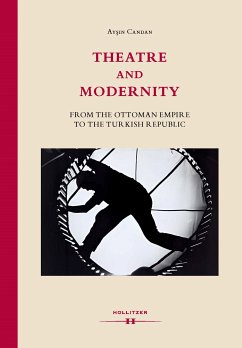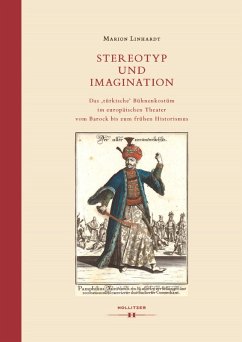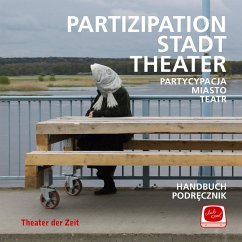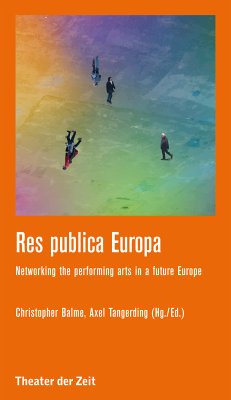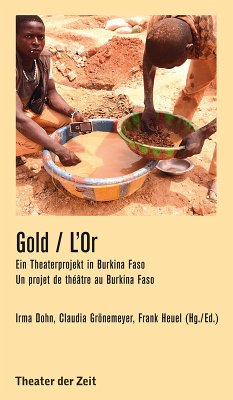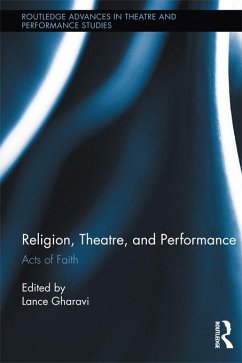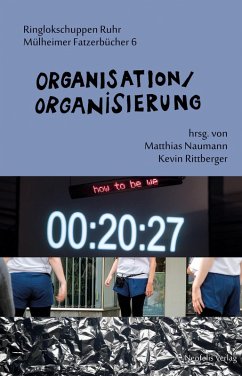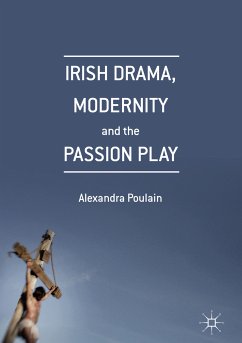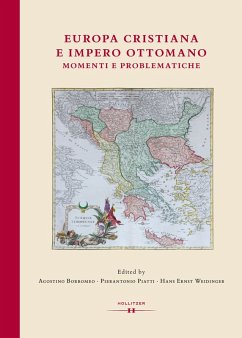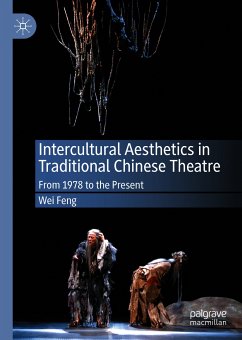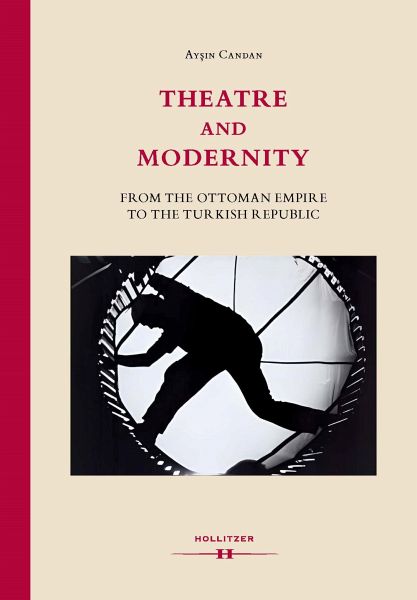
Theatre and Modernity (eBook, PDF)
From the Ottoman Empire to the Turkish Republic
Versandkostenfrei!
Sofort per Download lieferbar
Statt: 45,00 €**
44,99 €
inkl. MwSt.
** Unverbindliche Preisempfehlung des Herstellers
Alle Infos zum eBook verschenkenWeitere Ausgaben:

PAYBACK Punkte
0 °P sammeln!
This study aims to disclose the inner dynamics of the rich and diverse milieu within the Ottoman-Turkish society that created its unique hybrid forms through the scenic arts against an understanding of modernity in terms of a simple import or imitation of Western cultural forms. In the 19th century Armenians pioneered this process with melodramas, necessitating the presence of female performers on the stage; Armenian women thus went onstage with patriotic motives. Among the two leading figures of the Turkish Republic period are Nazim Hikmet, the most prolific but severely censured Turkish dram...
This study aims to disclose the inner dynamics of the rich and diverse milieu within the Ottoman-Turkish society that created its unique hybrid forms through the scenic arts against an understanding of modernity in terms of a simple import or imitation of Western cultural forms. In the 19th century Armenians pioneered this process with melodramas, necessitating the presence of female performers on the stage; Armenian women thus went onstage with patriotic motives. Among the two leading figures of the Turkish Republic period are Nazim Hikmet, the most prolific but severely censured Turkish dramatist and Muhsin Ertugrul, who founded the subsidised theatres of Ankara and Istanbul. A later phase of modernisation arrives in the sixties with a social awakening towards the conditions of the rural society: Ankara becomes the seat of "popular" theatre after the founding of Ankara Art Theatre, in 1961. Mehmet Ulusoy's work in France in the 1970-1980s crowns the final synthesis.
Dieser Download kann aus rechtlichen Gründen nur mit Rechnungsadresse in A, B, BG, CY, CZ, D, DK, EW, E, FIN, F, GR, H, IRL, I, LT, L, LR, M, NL, PL, P, R, S, SLO, SK ausgeliefert werden.




